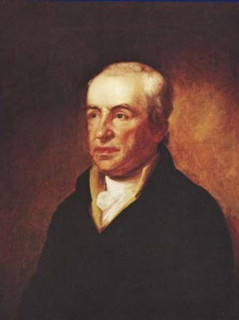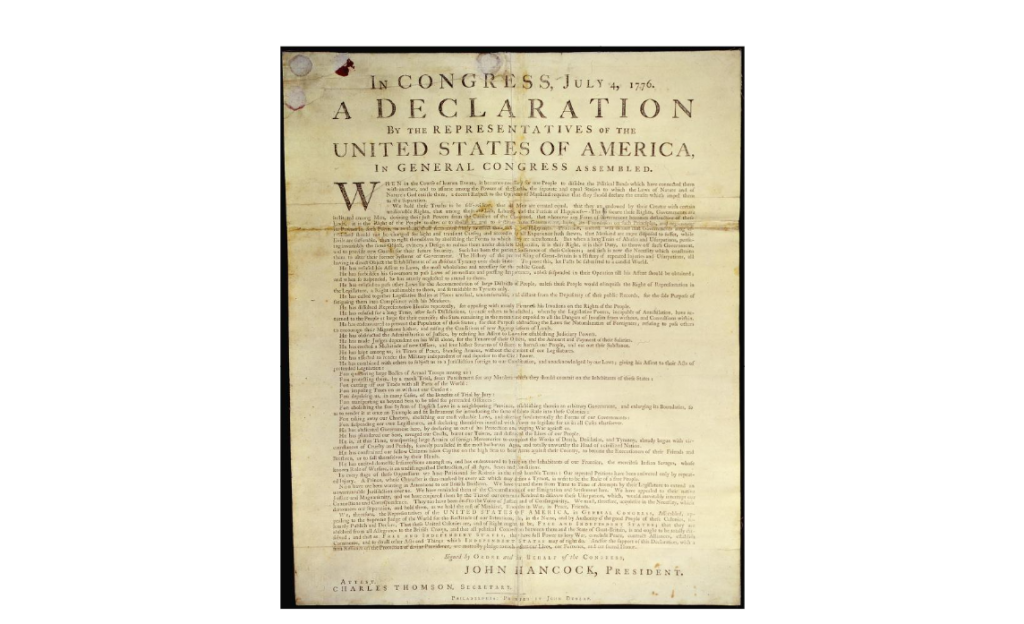by Matthew Alistair Beggs
- Nike Vomero 18 Review: Bigger is Better – Nike Air Max 95 Cuban Link velvet brown UK 5 – Cheap Fenua-environnement Jordan Outlet
- air jordan 6 toro

In 1776, a man from Strabane would be directly involved with one of the most important documents in modern history. That man was John Dunlap, who would become the first official printer to the Continental Congress.
Born in 1747, at Meeting House Street, Strabane, Co. Tyrone, Dunlap would be taken on as an apprentice at one of the twelve printing presses in the town. It is possible that Dunlap apprenticed at the last remaining printing press in Strabane, Gray’s Printing Press. At the age of ten, John Dunlap would emigrate to the colonies in North America, settling in Philadelphia. He would begin work with his uncle, William, in his printing press before taking over himself at the age of 22. Dunlap would expand the business significantly, publishing what would become the first daily published newspaper in the United States; the Pennsylvania Packet and General Advertiser in 1771, and Dunlap’s Maryland Gazette, or, The Baltimore Advertser in 1775.
Dunlap’s expertise and experience did no go unnoticed. Come 1773, tensions were rising within the 13 colonies. This culminated in the establishment of The Continental Congress, and with this came Dunlap’s most significant, and lucrative of printings. On Tuesday, 4 July 1776, John Dunlap would receive an order from the Continental Congress stating;
“That the declaration be authenticated and printed. That the committee appointed to prepare the declaration, superintend and correct the press. That copies of the declaration be sent to the several assemblies, conventions and committees, or councils of safety, and to the several commanding officers of the continental troops; that it be proclaimed in each of the United States, and at the head of the army.”
In total, some 200 copies of the Declaration of Independence would printed in Dunlap’s press, just down the road from the Continental Congress. However, this number has never actually been verified and one must assume the number to be fairly nike lunar gato 2 hyper blue volt , Украина #179264456 , Снижка! футбольные бутсы nike air zoom mercurial 43 + подарок — цена 2100 грн в каталоге Бутсы ✓ Купить мужские вещи по доступной цене на Шафе low given the time Dunlap actually had. These copies, printed from the original manuscript written by Thomas Jefferson, would come to be known as the “The Dunlap Broadsides”. Evidence from a number of the surviving Dunlap Broadsides suggests that there was much haste in the printing process, such as folding of the paper before the ink had time to completely dry to the type not being entirely level in the printing press.
On the morning of July 5, copies of the Dunlap Broadsides were dispatched by members of Congress to various assemblies, conventions, and committees of safety as well as to the commanders of Continental troops, including the 13 colonies by order of the President of the Continental Congress, John Hancock. This included the New Jersey Convention, the Pennsylvania Committee and the Commander in Chief of the Continental Army, General George Washington. It must also be stated that Dunlap himself served as a soldier during the earlier phase of the war, acting as a bodyguard for Washington in the Pennsylvania’s city cavalry in the capacity of cornet. Dunlap would participate in the battles of Trenton and Princeton.
Dunlap’s significance often goes under the radar when compared to the great figures of the period, such as Washington, Franklin and Jefferson. However, John Dunlap played a most vital of roles during the American war of Independence and continues to be regarded as the greatest printer of the Declaration of Independence. As Emily Sneff wrote;
“The stories woven into the Dunlap broadside are what make it a truly fascinating air jordan 13 wheat release information edition of the Declaration of Independence. The first copy of a groundbreaking, foundational document was printed by a 29-year-old Irish immigrant, primarily on Dutch paper. Offsetting and a shifted imprint are evidence of a hurried and unpredictable printing process”.

Bibliography
https://www.ulsterscotsagency.com/news/article/467/john-dunlap-and-the-dunlap-broadside/
https://www.dib.ie/biography/dunlap-john-a2848
https://declaration.fas.harvard.edu/blog/december-dunlap
https://www.biblio.com/book/john-dunlap-broadside-first-printing-declaration/d/505203203
https://www.loc.gov/resource/gdcwdl.wdl_02716/?r=-0.576,0.122,1.637,0.936,0

